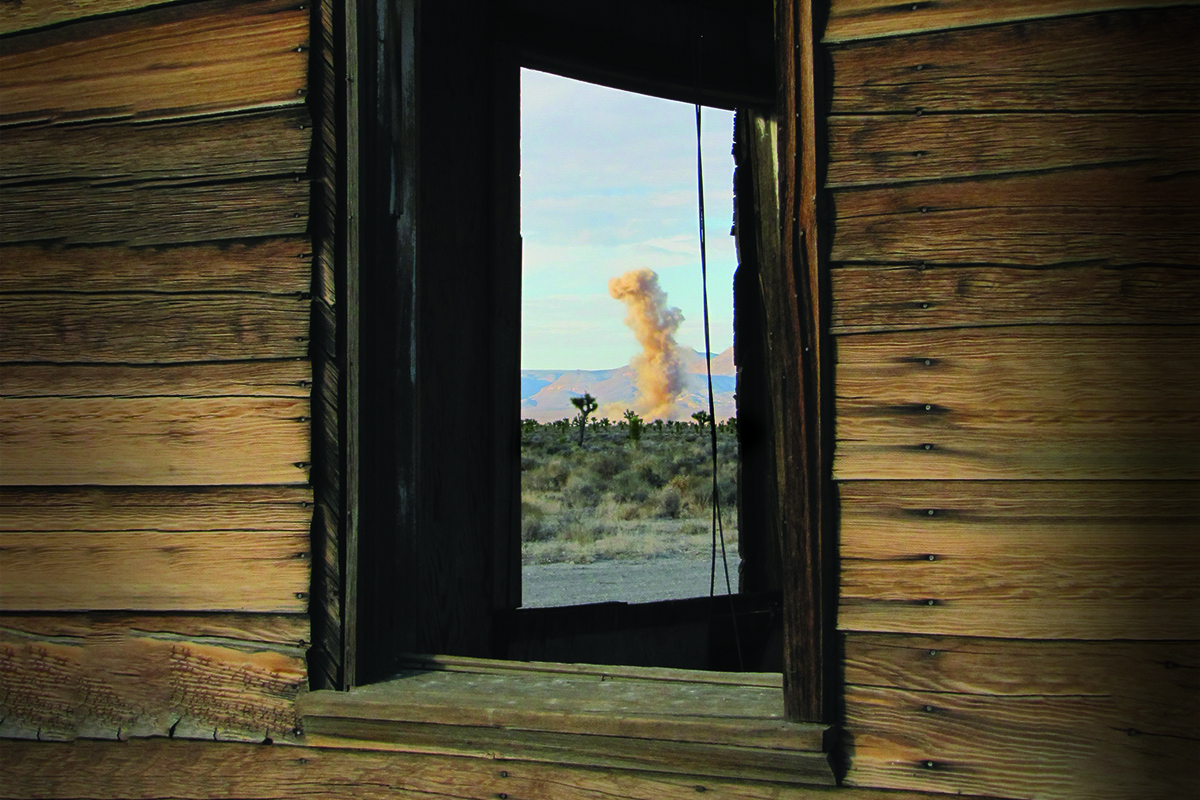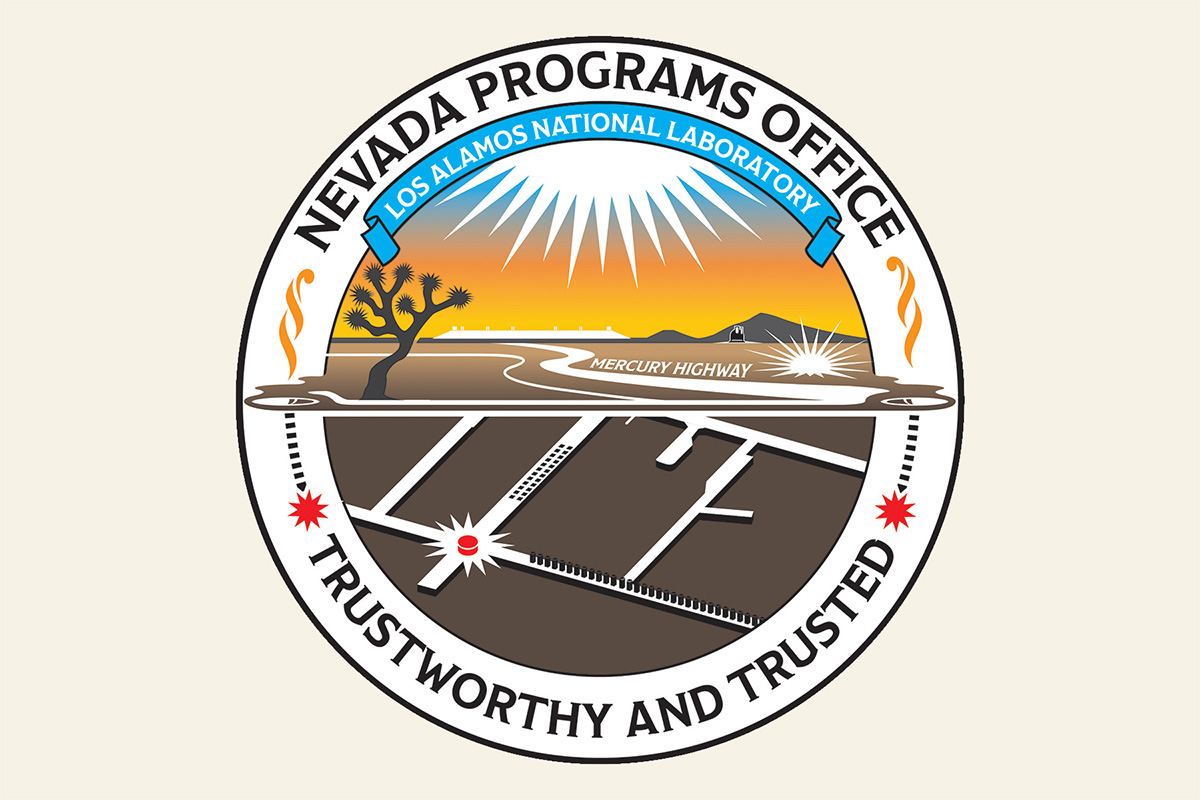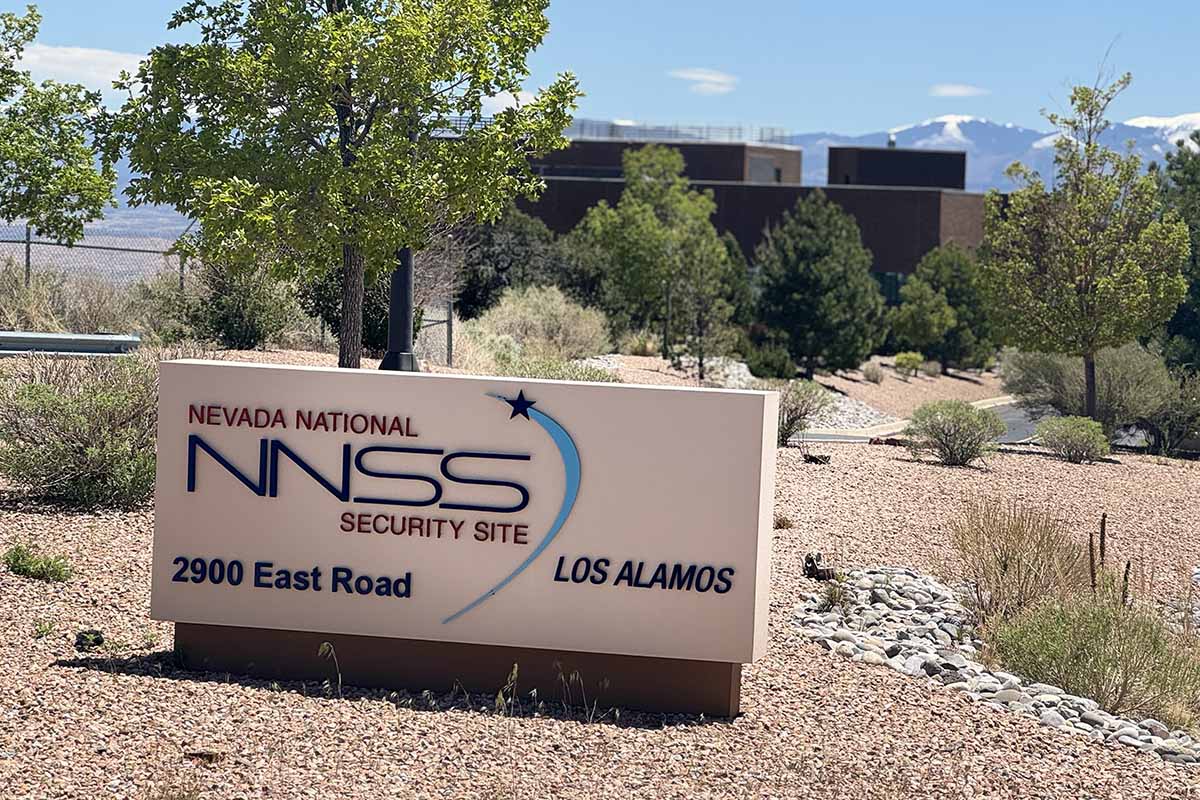Clouds and craters
The 928 nuclear tests that occurred in Nevada before 1992 continue to inform the modern nuclear weapons stockpile.
- Jill Gibson, Communications specialist
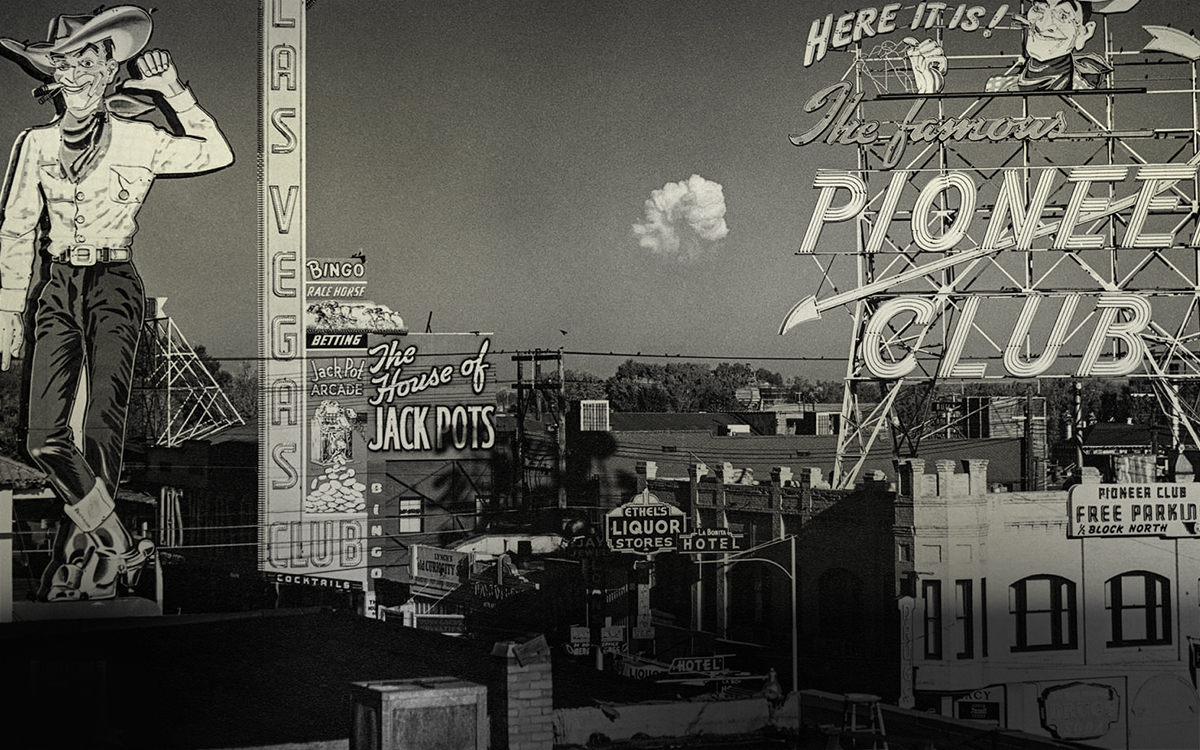
During the 1950s, visitors to Las Vegas, Nevada, would gather on casino balconies to sip atomic-themed cocktails while watching nuclear explosions. These detonations took place approximately 65 miles northwest of the city, and the mushroom clouds were just visible from the Strip. The city became ground zero for atomic culture because of its proximity to the nuclear weapons tests. “It’s like the entire town promoted everything with the atomic bomb exploding,” says retired Los Alamos National Laboratory scientist Glen McDuff. “A nuke was a pretty good show.”
“Mushroom clouds were a tourist attraction,” says Laboratory senior historian Alan Carr. “People were fascinated by everything nuclear. The atomic obsession influenced everything from movies to toys, hairstyles, and architecture.”

Las Vegas residents quickly became accustomed to the testing. “As a kid growing up in Vegas, I remember the detonations,” says retired mechanical engineer Jim Daniel. The tests took place early in the morning, and Daniel would wake up and watch the hanging swag lamp sway above his bed—an effect of the ground motion caused by the tests. Perhaps those early wake-up calls influenced Daniel, who grew up and began a career as an engineer working on nuclear testing in Nevada. He joined thousands of people who supported decades of research that could only take place in a remote section of desert designated for these tests.
From 1951 to 1992, what is now called the Nevada National Security Sites (originally called the Nevada Proving Grounds and then the Nevada Test Site) served as the United States’ primary location for full-scale nuclear testing, which involved detonating actual nuclear devices. During those years, Los Alamos, Lawrence Livermore, and Sandia national laboratories, along with a variety of government entities, conducted 100 atmospheric tests before pivoting in 1963 (when the Limited Test Ban Treaty was signed, prohibiting testing aboveground, in space, and underwater) to underground testing. Between October 1963 and September 1992, 828 underground tests were executed at the site.
In 1992, shortly after the Los Alamos–designed Divider test, the United States declared a moratorium on full-scale testing, which was followed by the signing (but not ratification) of the global multilateral Comprehensive Test Ban Treaty (CTBT). Decades later, the United States continues to abide by the CTBT’s “zero-yield” standard, which requires states to refrain from conducting “any test that produces a self-sustaining, supercritical chain reaction of any kind.” Nevertheless, the lessons learned and the data collected during those decades of testing continue to play an integral role in protecting the nation by providing a crucial component for weapons research.
In the beginning
Following the advent of nuclear weapons in the summer of 1945 and the end of World War II shortly thereafter, the United States continued to refine its weapons designs through nuclear testing. Scientists evaluated the performance, yields, effects, and reliability of dozens of types of weapons, including thermonuclear weapons.
Testing initially occurred in the Marshall Islands in the Central Pacific, but as the Cold War with the Soviet Union escalated and North Korea invaded South Korea, prompting U.S. military intervention, American leaders decided a test site within the continental United States would be more secure.
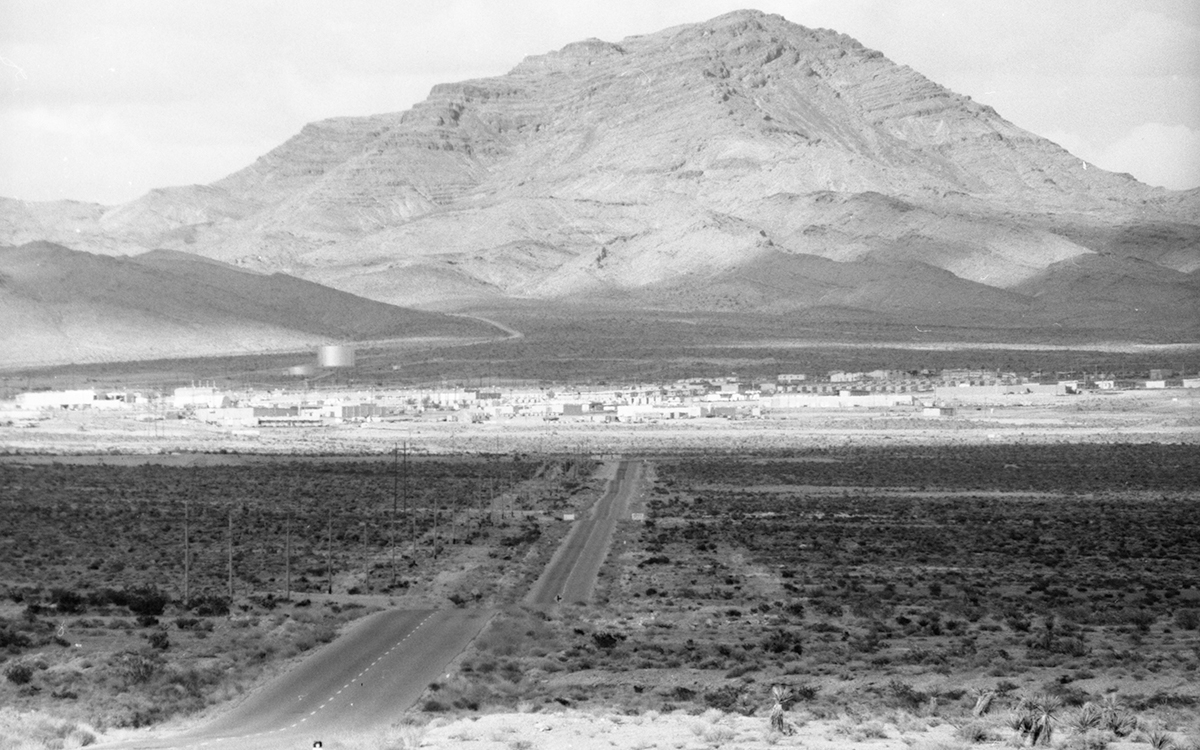
“The Nevada Proving Grounds was the perfect spot,” Carr says. “It was remote, close to Nellis Air Force base, and most of the land was already government owned.”
McDuff agrees that Nevada was the ideal location for testing. “The government wanted a more secure place, and, trust me, the Nevada Test Site is about as secure as you can get. You know, it’s made up of valleys surrounded by tall mountains, and no one lives there.”
Later scientists would learn that the site’s deep water table and geological characteristics (including rock types and volcanic soil), also created stable conditions for underground testing. “That was serendipitous,” Carr says.
In December 1950, President Harry Truman authorized the establishment of a portion of the Las Vegas Bombing and Gunnery Range (renaming it the Nevada Proving Grounds) as the primary location for nuclear testing. Testing began just weeks later. “Nevada quickly became a main character in the history of nuclear weapons testing, and the significance of the site continues to this day,” Carr says.
The height of testing
For former Los Alamos test director Ron Cosimi, underground testing in Nevada formed a significant part of his career. “Nevada was my second home,” Cosimi says. “We were so busy that we would finish one test and immediately start on the next.” Cosimi and other Laboratory scientists would fly from New Mexico to Nevada on Monday mornings and fly home on Friday nights. During the week, the scientists lived in dormitories. In addition to the people staying onsite, another 11,000 commuters showed up each morning. “Everyone was important—the electricians, the pipefitters, the ironworkers. It was a huge operation, and everyone had a job to do,” Cosimi says.
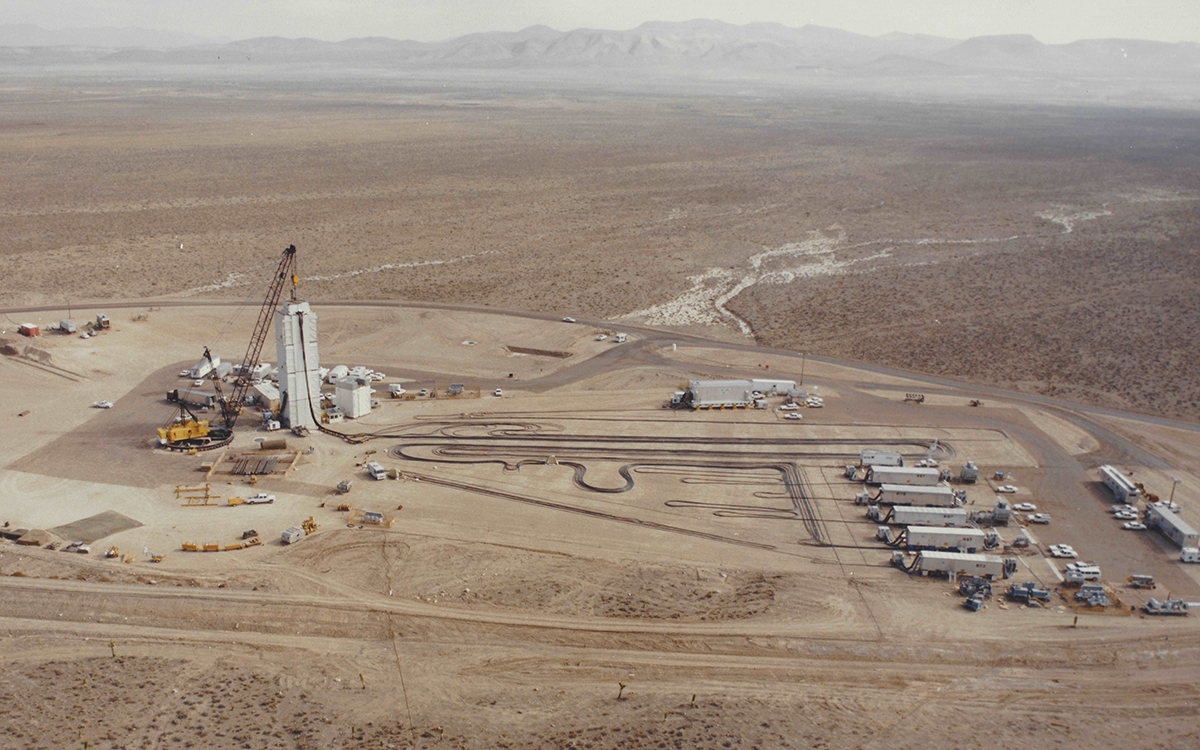
Despite its remote location, the test site proved to be relatively easy to access because of the popularity of Las Vegas. “This is a city that ran 24/7 with flights coming in daily, both from Los Alamos and Livermore—thousands of people going through every day,” Los Alamos historian emeritus Roger Meade says. “You had as many as 60 buses, big buses, that just went back and forth from Vegas up to the test site because so many people who worked there lived in Vegas. So, you had this huge community.”
At the site, a government-created town called Mercury served as operational headquarters. “At the peak of nuclear testing in the 1950s and ’60s, Mercury was one of the larger towns in Nevada,” Carr says. “They had a bowling alley, swimming pool, cafeteria, and a steakhouse. Many scientists spent weeks and even months of the year at the site.”
Cosimi says spending so much time together in such a remote place created a sense of camaraderie. “We missed our families, but we had a bond.” Although his schedule was grueling and he describes the work as often stressful, Cosimi says he and his colleagues had great passion for the work. He speaks fondly of the time he spent in Nevada, frequently telling stories about the friendships forged at the site. Although many of Cosimi’s tales feature practical jokes, he took his job seriously. “Our work was of vital importance to the safety of the nation,” he says. That work continues to support nuclear weapons research today.
Building on the past
Mary Hockaday, a now-retired Los Alamos physicist, fielded diagnostics on underground nuclear tests. “It was very exciting and nerve-racking. You worked months and months to get this one shot, a nanosecond to get the data. It was the ultimate final exam.”
Hockaday says that years of testing in Nevada set the stage for future experiments. “If you look at how we are doing experiments now, and you think about the protocols and infrastructure we use, you will discover that we continue to exercise many of the things we learned to do during the years of full-scale testing. The concept of dry runs, timing, diagnostics, having a test director, the roles and responsibilities, the questions we address—that framework was developed during full-scale testing.”

When the testing moratorium went into place, Hockaday pivoted and applied the skills she had developed in the Nevada desert to new types of experiments, including subcritical experiments. “How we do business today has roots in that past,” she says.
Another important takeaway from the past is the tremendous amount of useful data the tests generated. Today, that data is used to validate computer codes that scientists use to design new devices, maintain the existing stockpile, and study nuclear weapons effects.
“Our nuclear test database is priceless,” Hockaday says. “The archived data we obtained through those decades of testing is so important. I’m very proud to have played a part in that.”
Hockaday explains that weapons designers hone their skills by using the archived data to make calculations. Scientists who attend the Lab’s Theoretical Institute for Thermonuclear and Nuclear Studies (TITANS), which is often referred to as a graduate program in nuclear weapons, use that data to advance their knowledge and familiarity with the science and tools necessary for maintaining the nation’s nuclear weapons.
“That data allows new designers to test their understanding,” Hockaday says. “It’s still the final exam.”
But the information from those decades of explosions does more than test physicists’ understanding. It underpins and informs a significant portion of Los Alamos scientists’ current work. Physicist Rachel Smullen describes the decades of testing data as “an immeasurably valuable resource for physicists today. The data is absolutely crucial to validating our computer codes. They ensure our calculations and predictions are correct.”
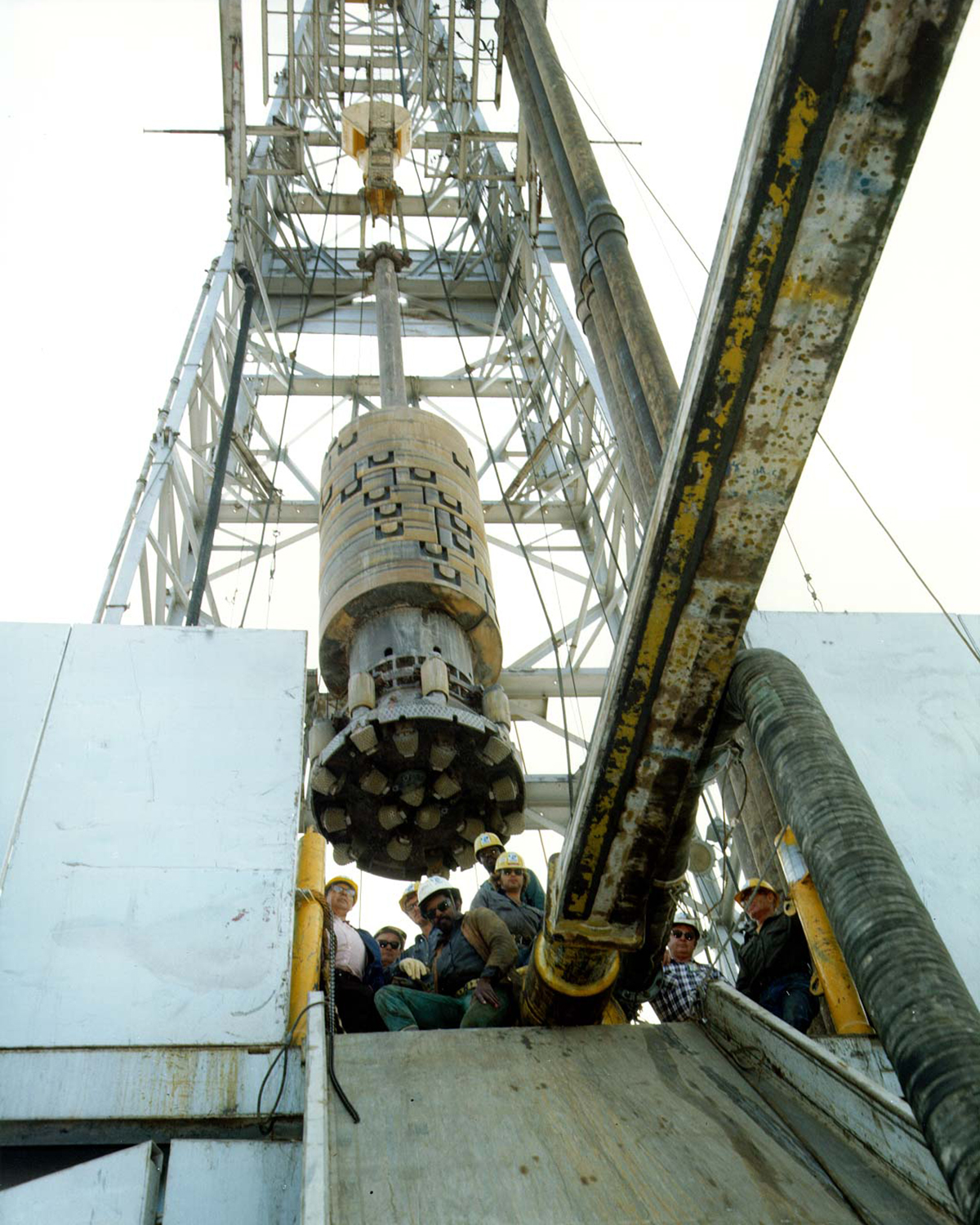
Physicist Jessica Thrussell agrees. “That testing data provides confidence and forms the foundation for everything we do,” she says. “If my code models a historic underground test well, I am more confident in its predictions for new designs."
In the archives
The librarians, historians, knowledge managers, and archivists who work at the National Security Research Center (NSRC), the Laboratory’s classified library, are prepared to tackle all manner of weapons testing questions. “We answer about 1,500 researcher requests a year ranging from ‘What type of cables did this system use?’ to ‘What documents exist about this test?’” explains Collections Management Team Leader Patty Templeton. “We have more than 10 million resources, including film, photographs, oral histories, drawings, and technical reports. We are working toward making it all digitally accessible.”
Smullen says she often turns to the NSRC for data. “They do a great job of archive diving and have found me everything from engineering drawings to physicists’ handwritten notebooks with hundreds of pages of thoughts, ideas, and calculations.” Smullen notes that everything she learns helps improve computer modeling to predict outcomes and performance. “Even when we explore new device designs, those designs have a strong basis in test history. We rely on this data to improve our understanding of how things work and to explore what we can create for the future,” she says. Digitizing historic material and creating searchable repositories plays an important role in connecting scientists to answers, according to Templeton. “We are building scalable artificial intelligence–enabled searching and indexing solutions for today’s researchers who are solving tomorrow’s problems.”
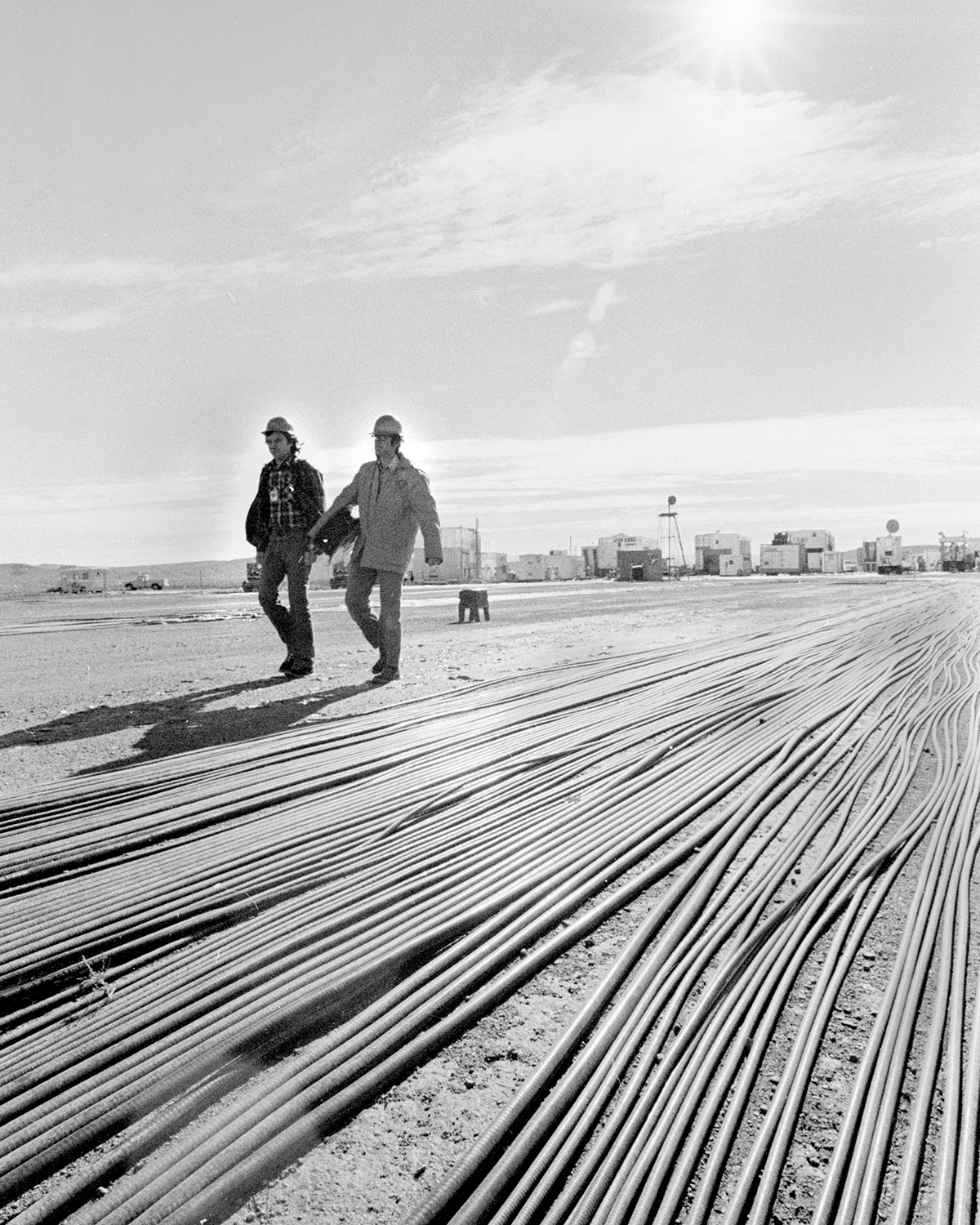
Recently, the NSRC’s Multimedia Digitization Services and Research Librarian teams created a collection in the Lab’s unclassified video library that pairs historic weapons effects videos and the related reports describing the experiments. “The combination of the videos and the reports is incredibly valuable,” says Tim Goorley, chief scientist for nuclear weapons effects. “Together, they allow us to quantify the blast pressures, winds, and thermal radiation that the planes, vehicles, buildings, and many other things experienced, and the resulting damage.” Goorley also says these resources provide necessary details for using the extensive historic test data to validate the Lab’s modern high-fidelity computer codes used to provide high confidence analyses to the National Nuclear Security Administration and the Department of Defense.
Templeton notes that digitized video and film provide unique insights. “Moving images convey techniques, timing, and the situational conditions of how things worked (or didn’t work) in real time.”
Preserving the legacy
Although visitors to Las Vegas no longer gather on casino balconies to sip atomic-themed cocktails while watching nuclear explosions, they can visit the Atomic Testing Museum, a Smithsonian affiliate in Las Vegas, to learn about this period in U.S. history.
Meanwhile, scientists at Los Alamos continue to use testing data to ensure America’s nuclear deterrent meets current and future needs. “The information collected during those tests provides the United States with the great advantage of real-world data,” Carr says. “We stand on the past.” ★
In 2023, National Security Science released a three-part podcast series about past, present, and future work at the Nevada National Security Sites. Listen here:

